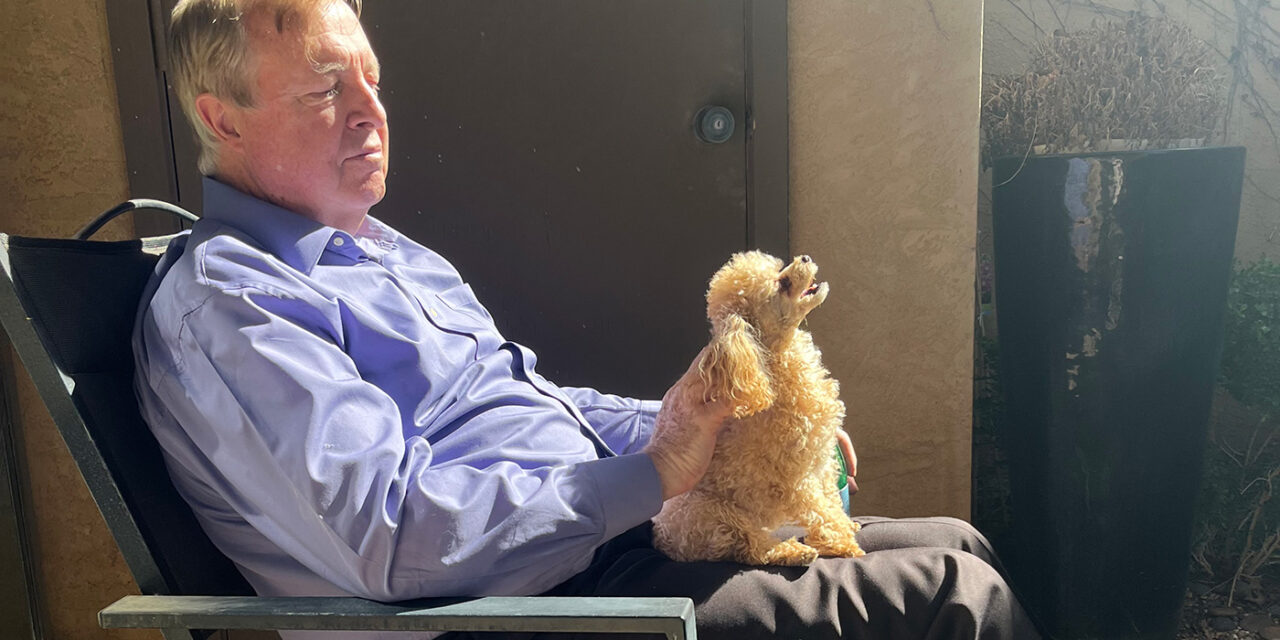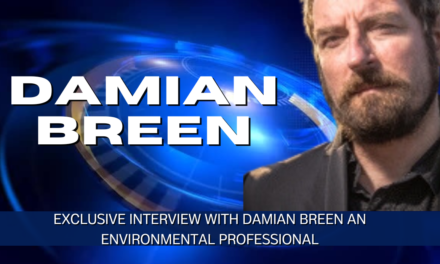When Dr. Thomas J. Byrne was still a young medical student, he saw something most others didn’t. At the time, ultrasound was almost unheard of in the United States. But he believed it would change the way doctors care for women and their babies. So he booked a trip to England to learn more.
“I just knew ultrasound would be important,” he says. “Even though it wasn’t used here yet, I wanted to get ahead of it.”
That decision would shape his entire career.
Dr. Byrne didn’t stop with that first visit. As he continued his training, he went back to England again—this time as a resident. He studied under doctors who were already using ultrasound in ways the U.S. hadn’t started exploring yet.
“I went where the knowledge was,” he says. “That’s always been my approach.”
Today, ultrasound is a basic part of obstetrics and gynecology. But back then, it was cutting-edge. Dr. Byrne saw its value early on, and he’s kept learning ever since.
A Lifelong Student of Fetal Medicine
For the last 20 years, Dr. Byrne has made it a priority to stay up to date. Every year, once or twice, he travels back to Europe. England is usually his main stop. He goes for a week at a time to learn the newest advances in fetal medicine.
“It’s not just about staying current,” he says. “It’s about understanding where the field is going next.”
He’s been a member of the Fetal Medicine Foundation for two decades. This organization is based in the UK and has led many of the breakthroughs in ultrasound technology. Most of the techniques that are now common practice were first developed there.
“They’ve invented basically all the ultrasound methods we use today,” Dr. Byrne explains. “It’s a privilege to be part of that circle.”
Over the years, he’s gained enough experience to start teaching as well. Now, he shares his knowledge by leading ultrasound courses for other professionals in the field.
“I don’t teach every week,” he says with a laugh. “But here and there, I get to help others learn what I once had to travel across the ocean for.”
An Early Voice in Laparoscopic Surgery
Ultrasound isn’t the only place Dr. Byrne was ahead of the curve. He was also one of the early adopters of laparoscopic gynecologic surgery. This technique uses small incisions and cameras to do operations that once required much larger cuts.
“It changed the game for surgery,” he says. “Less pain, faster recovery—it made a big difference for patients.”
At one point, Dr. Byrne wasn’t just performing these surgeries—he was teaching them. He helped train other surgeons in laparoscopic laser surgery and even in gallbladder removal, which was new at the time.
“We had to show people how it worked step by step,” he recalls. “It was new for everyone, not just the patients.”
Being an educator is something he clearly values. Whether it’s surgery or imaging, he sees teaching as part of the job.
“If you’ve been doing this long enough, it’s not just about doing it well—it’s about helping others do it well too.”
Staying Humble, Staying Curious
Dr. Byrne’s story is one of quiet leadership. He doesn’t seek the spotlight, but his work has had a lasting impact. By following his curiosity and putting in the extra effort, he’s helped bring important tools to the field of women’s health.
“I never thought of myself as a pioneer,” he says. “I just followed what felt right.”
That mindset—focused, open, and humble—has guided him through decades of change in medicine. And it still drives him today.
“I still learn something new every time I go back to England,” he says. “The learning never stops. That’s the fun of it.”
For Dr. Thomas J. Byrne, staying ahead of the curve isn’t about ego. It’s about responsibility. And about always asking, “What’s next?”




